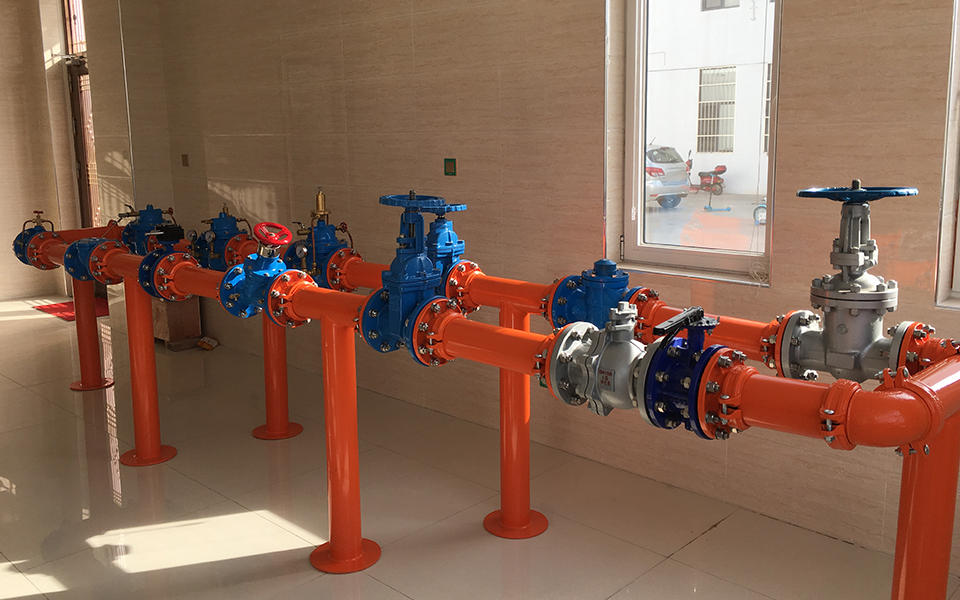INDUSTRY NEWS
What are the types of valves
Gate valve
Gate valve refers to the valve whose opening and closing body (valve plate) is driven by the valve stem and moves up and down along the sealing surface of the valve seat, which can be connected or cut off the channel of the fluid. Gate valve is one of the most commonly used cut-off valves because of its good sealing performance, low fluid resistance, less effort to open and close, and certain adjustment performance. The disadvantage is that the size is large, the structure is more complex than the globe valve, the sealing surface is easy to wear, not easy to maintain, and it is generally not suitable for throttling. According to the thread position of the gate valve stem, it is divided into two categories: open rod type and dark rod type. According to the structural characteristics of the ram can be divided into wedge and parallel two categories.
Globe valve
The globe valve is a downward closed valve, and the opening and closing part (valve disc) is driven by the valve stem along the axis of the seat (sealing surface). Compared with gate valve, it has good adjustment performance, poor sealing performance, simple structure, convenient manufacturing and maintenance, large fluid resistance, and cheap price. It is a commonly used cut-off valve, generally used for medium and small caliber pipelines.
Ball valve
The opening and closing part of the ball valve is a sphere with a round through hole, and the sphere rotates with the valve stem to realize the opening and closing valve. Ball valve has simple structure, quick switch, easy operation, small size, light weight, fewer parts, small fluid resistance, good sealing, easy maintenance.
Butterfly valve
Butterfly valve is the butterfly plate in the valve body around the fixed axis rotation 90° to complete the opening and closing function. The butterfly valve is small in size, light in weight, simple in structure, and consists of only a few parts.
And only need to rotate 90° to quickly open and close, simple operation. When the butterfly valve is in the fully open position, the thickness of the butterfly plate is the only resistance when the medium flows through the valve body, so the pressure drop generated by the valve is small, so it has better flow control characteristics.
Butterfly valve is divided into elastic soft seal and metal hard seal two types of seal. Flexible sealing valve, the sealing ring can be inset on the valve body or attached to the periphery of the butterfly plate, sealing performance is good, can be used for throttling, but also for medium vacuum pipe and corrosive media. The valve with metal seal is generally longer than the valve with elastic seal, but it is difficult to achieve complete seal, usually used for large changes in flow and pressure drop, and good throttling performance is required. Metal seals can be adapted to higher operating temperatures, while elastic seals have temperature-limited defects.
Check valve
The check valve is a valve that can automatically prevent the backflow of fluid. The disc of the check valve opens under the action of fluid pressure, and the fluid flows from the inlet side to the outlet side. When the pressure on the inlet side is lower than that on the outlet side, the valve disc automatically closes under the action of factors such as fluid pressure difference and its own gravity to prevent fluid backflow. According to the structure of the lift check valve and swing check valve. The lifting type has better sealing and greater fluid resistance than the swinging type. For the suction inlet of the pump suction pipe, it is appropriate to choose the bottom valve, whose function is: pour water before opening the pump to fill the pump inlet pipe with water; After stopping the pump, keep the inlet pipe and pump body full of water, ready to start again. The bottom valve is generally only installed on the vertical pipe of the pump inlet, and the medium flows from bottom to bottom.

